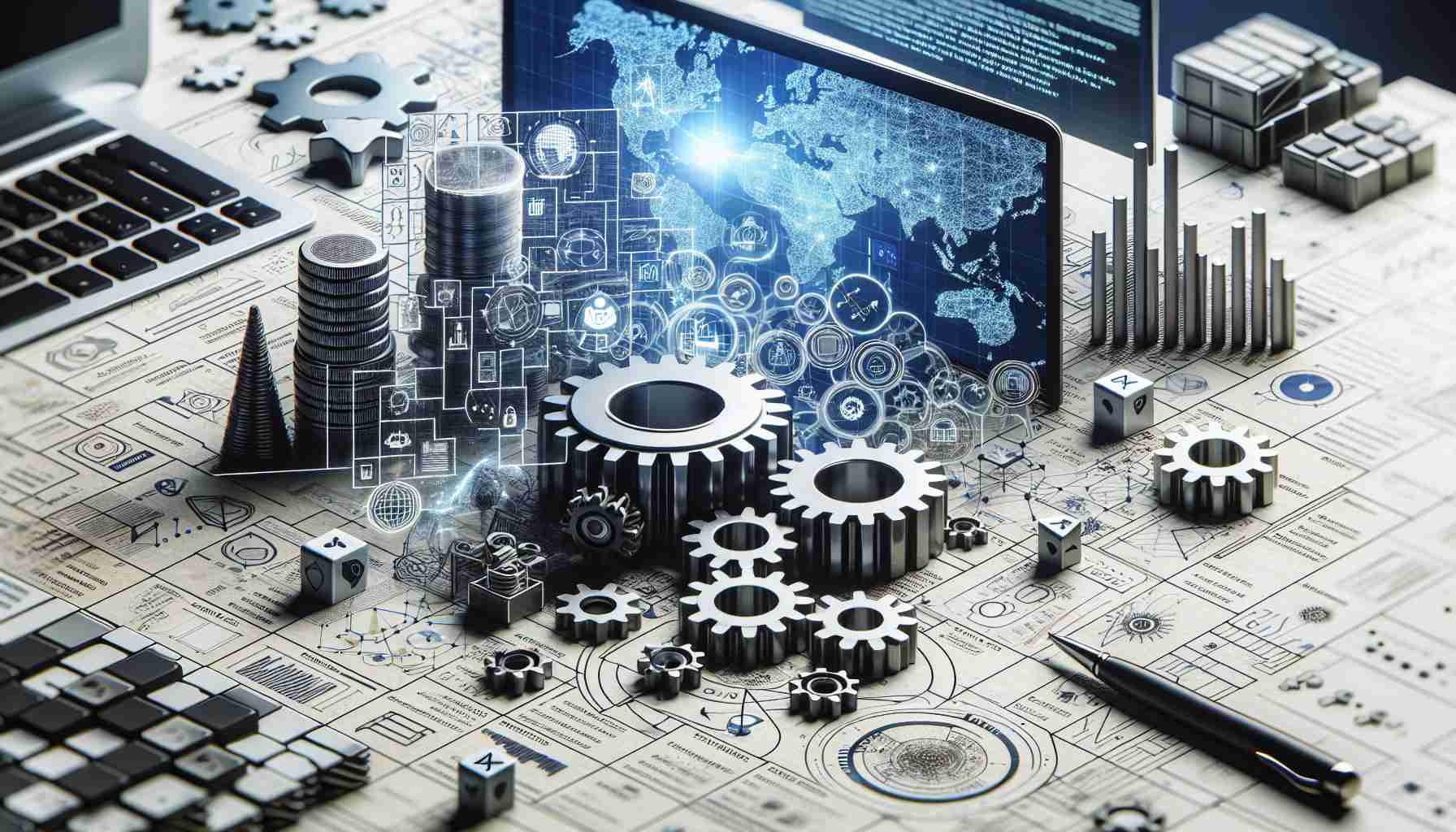Google Sets in Motion a Bold Restructuring Initiative – Google, led by CEO Sundar Pichai, embarks on a significant corporate reorganization with the formation of a new division titled ‘Platforms and Devices’. This sweeping change sees the convergence of all Google’s offerings, including its flagship hardware and software products, under one unified umbrella.
Optimizing for AI Integration and Enhanced Innovation – Senior Vice President of Devices and Services Rick Osterloh highlighted the vision behind this move, stressing that combining teams will enable seamless ‘full-stack innovation’. By unifying their talent pool, Google aims to inject AI more rapidly into their range of products and services, accelerating the innovation process.
This strategy is a response to the rapid inclusion of artificial intelligence in modern technology applications. Google anticipates that this structural change will allow the company to apply AI with greater speed and efficiency across its entire portfolio. Rick Osterloh pointed to the success of AI integration in the Pixel camera as a testament to the transformative power of blending hardware, software, and AI expertise.
A Shift Towards Cohesion – Historically, Google had kept its hardware division separate from its Android division to avoid potential complications with partners like Samsung. However, Google is adjusting this approach, encouraging tighter collaboration that promises a more cohesive user experience across its ecosystem.
This move comes in light of competitive pressures, notably from OpenAI’s ChatGPT, pushing Google to revisit its strategy. While the effectiveness of this reorganization remains to be seen, the impetus for change is clear. Google employees are now tasked with adapting to this ambitious vision, which may be challenging yet necessary for fostering breakthroughs in product and service development.
Key Questions and Answers:
– Why is Google restructuring to combine their hardware, software, and AI teams?
Google’s restructuring into the ‘Platforms and Devices’ division is aimed at integrating artificial intelligence more deeply and efficiently into all their products and services. This strategic alignment reflects an industry-wide move toward AI-driven innovation, and Google wants to optimize their workflows to better infuse AI into their offerings.
– What potential challenges might Google face with this strategic realignment?
The process of merging different divisions with unique cultures and operational rhythms can create initial friction. Additionally, there may be concerns over antitrust regulations, as tighter integration might raise new questions about Google’s market position. The company must also ensure that changes do not disrupt existing partnerships, particularly with Android device manufacturers.
– What advantages could this restructuring bring to Google?
The anticipated advantage is a more cohesive product ecosystem, leading to innovative products that more closely integrate software, hardware, and AI. This could result in improved user experiences and competitive advantages in rapidly growing fields like machine learning and smart device capabilities. Integrated teams may also lead to faster product development and a more unified corporate vision.
– What are the disadvantages?
The disadvantages could include challenges in merging corporate cultures, potential layoffs due to restructuring, and difficulties in operational transitions. There’s also the risk that the intensified focus on AI could alienate traditional users who are less inclined towards advanced technology, or that it could impact Google’s relations with partners.
Relevant Additional Facts:
– In recent years, Google has been investing heavily in artificial intelligence with notable projects like DeepMind and Google Brain.
– Google’s AI prowess is not only seen in consumer products but also in its cloud services, search algorithms, and advertising platforms.
– The issue of AI ethics and responsible AI use is a topic of increasing importance, especially as Google integrates AI more deeply into its products.
– Google has previously faced criticism and scrutiny from regulators concerned with the company’s dominant position in various markets, and this new strategic move could attract further attention.
Controversies and Challenges:
– Antitrust Implications: Google’s history with antitrust cases may be compounded by the apparent consolidation of services under one division.
– Privacy Concerns: As AI often relies on data, Google must navigate user privacy and security sensitively, especially under regulations like the GDPR.
– Partner Relations: Hardware partners and Android device manufacturers may have concerns about Google’s competitive edge being sharpened by this restructuring.
Related Links:
Some related links (ensure the mentioned URLs are valid before using them):
– Google
– DeepMind
– Google Cloud
Please note that the URLs should be checked for validity before inclusion as direct references. These links are suggested based on the Google ecosystem and its relevant AI interests.
